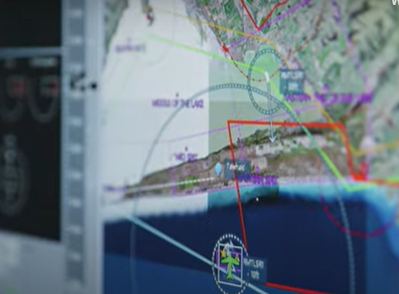A partnership of aviation leaders has successfully completed a trial including a series of test flights aimed at evaluating the operational integration of uncrewed aircraft flying beyond visual line of sight (BVLOS) into controlled airspace. The successful completion of these trial test flights in New Zealand demonstrates that safe, uncrewed flight operations are possible, today, in controlled airspace among other piloted aircraft.
Through this trial program, the partnership has established a safe process for uncrewed aircraft to access controlled airspace and created a significant new understanding and capability for commercial autonomous flight operations. The trials offer key insights for regulators and industry players globally to facilitate further testing and inform rule-making.
Led by Wisk Aero, the trials included the New Zealand Government and industry partners, including Insitu Pacific as the approved Remotely Piloted Aircraft (RPA) operator, New Zealand Civil Aviation Authority (CAA) as the regulatory observer and Part 102 approver, Airways New Zealand as the air navigation service provider alongside Airways International’s UTM system AirShare, and indigenous-led aerospace venture, Tawkaki, providing the flight testing site.
The latest test flights were part of Wisk’s multi-phased testing programme under the New Zealand Government’s Airspace Integration Trial Programme (AITP). This latest phase of testing involved multiple flights that took place between November 17 and December 1, 2023, which demonstrated that a RPA can be operated under instrument flight rules (IFR) in controlled airspace and integrated with regular crewed traffic. The flights took place at the Tāwhaki National Aerospace Centre at Kaitorete, involving take-offs, landings, and uncontrolled and controlled airspace navigation.
The New Zealand Government Airspace Integration Trials Programme (AITP) was announced in 2019 and is a four-year programme to ensure airspace systems maintain exceptional levels of safety while balancing aviation advancements, community expectations (social and environmental), and realising economic benefits. Wisk was the first industry partner in the programme and has been undertaking multiple phases of testing since becoming the first to sign an MOU with the New Zealand government in 2020.
“The successful completion of this phase of testing demonstrates that it is possible to safely integrate autonomous aircraft into controlled airspace that is shared with piloted aircraft,” said Catherine MacGowan, Wisk’s Vice President of APAC and Air Operations. “The processes, data, and learnings from these trial flights will help shape the future of Advanced Air Mobility (AAM) and the broader aviation industry.”
For more information visit:




